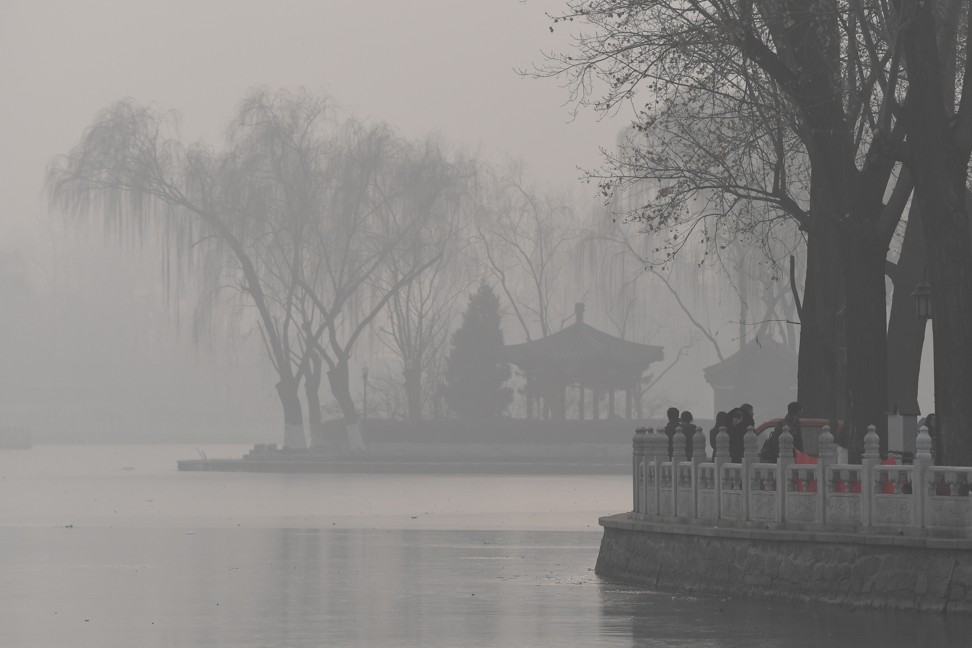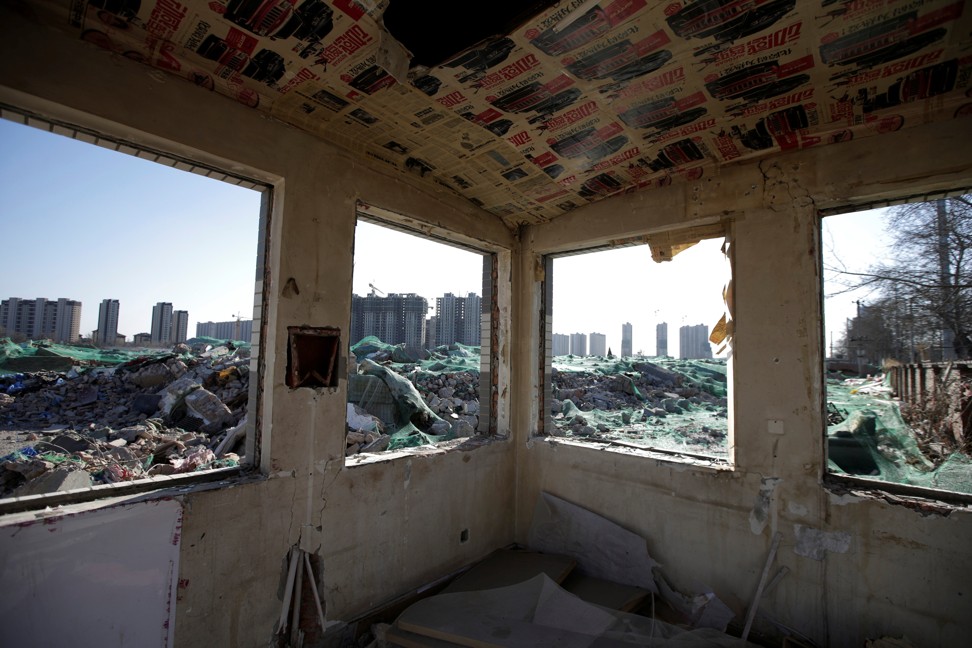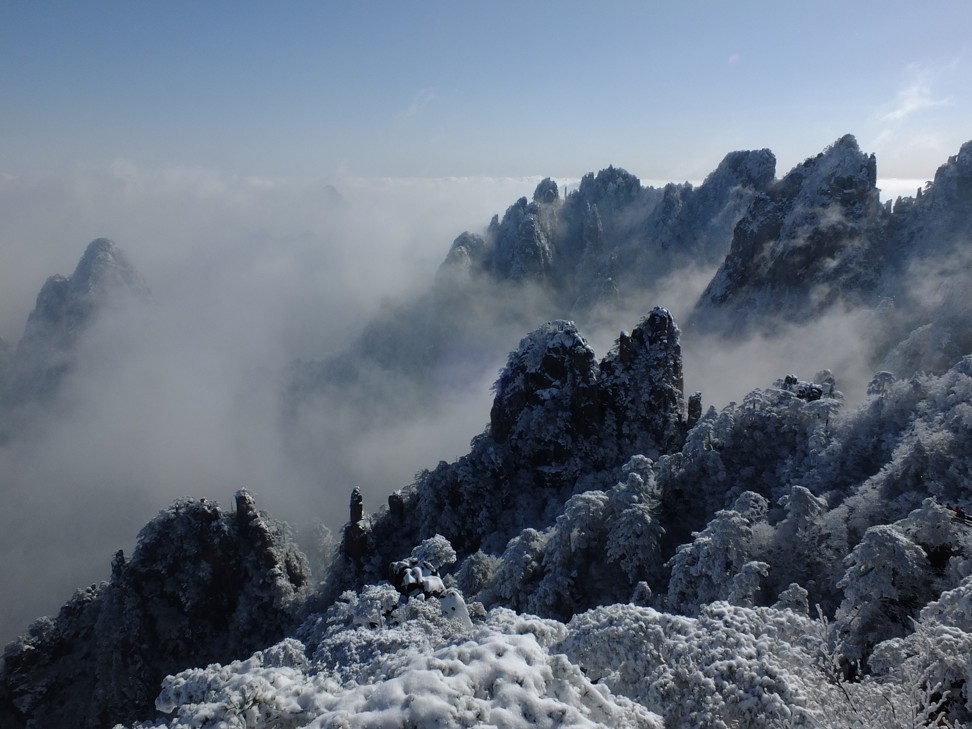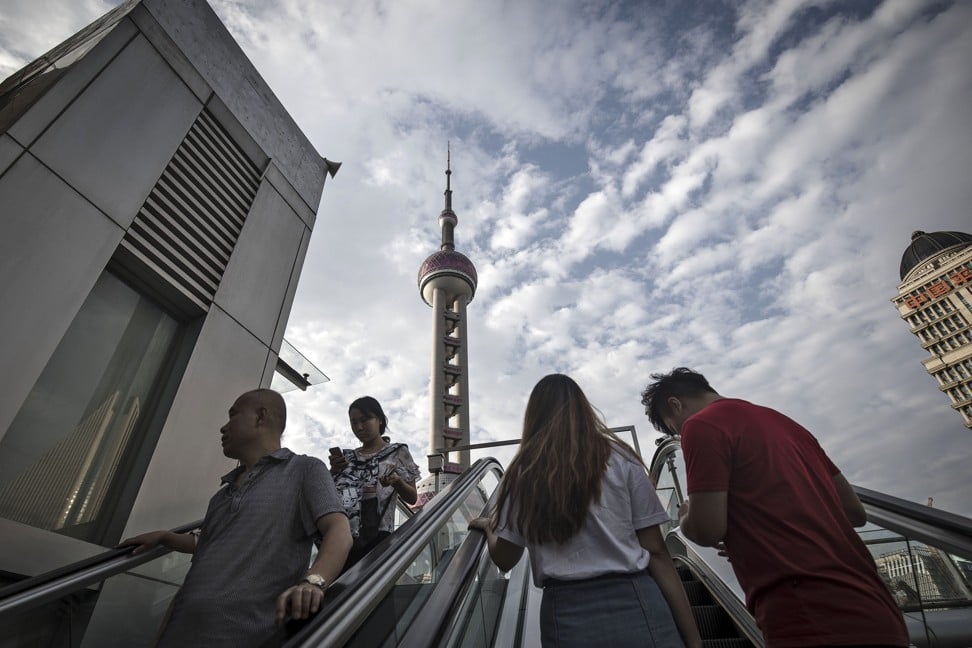
The question mark hanging over China’s 400 million-strong middle class
Burdened by rising costs, debt and worries about the future, will they vanish or thrive?
China’s middle class is something of a mythical entity, with wide-ranging estimates of its size and economic power. Optimists believe a large and growing middle class has the ability to lift China – and even the world – to a more prosperous level, while pessimists foresee an increasingly burdened group that could cause the economy to stagnate and even lead to political chaos. In the first of a four-part series, The South China Morning Post examines the myths and reality of the middle class to reveal the economic and political implications of its evolution.
Conventional wisdom assumes that a large and prosperous middle class is emerging in China – hundreds of millions of urban white-collar professionals and private business owners deeply integrated into the Chinese economy, whose spending will drive the country’s development in the years ahead.
But that view is looking increasingly suspect, as the middle class comes under pressure from high costs, rising debt and weak income growth. Heavy air pollution, food safety and vaccine scandals, a rigid education system and an increasingly authoritarian political environment are also big factors prompting those who can afford it to look abroad. And the trade war with the United States threatens to make these problems worse.
China wants its middle class to spend big … but they have bills to pay
China’s economic boom over the last 40 years helped create today’s Chinese middle class. Whether the government can address their concerns could well determine the country’s future economic trajectory, and possibly have an impact on its political landscape, too.

How big is China’s middle class?
Estimates of the size of China’s middle class vary, depending on the definition. China’s statistics agency puts the figure at nearly 400 million, less than a third of the population, by defining a middle-class household as one making 25,000 yuan (US$3,640) to 250,000 (US$36,400) yuan a year – a fairly low threshold. But in a 2015 report, investment banking company UBS and PricewaterhouseCoopers narrowed it to 109 million Chinese with wealth of between US$50,000 and US$500,000 – a relatively high standard.
Whatever the measure, it is clear that China’s middle class is large in absolute terms but still relatively small as a share of China’s 1.4 billion people. In comparison, more than half the US population is considered middle class, while in South Korea it is two-thirds.
China has created a large, relatively affluent group of citizens – its top leaders proudly declared late last year that the country now had the world’s largest “middle income group”, bigger than the entire population of United States. Per capita wealth has risen from US$156 in 1978 to nearly US$10,000 today, and the government now expects consumer spending to lead economic growth in the future.
The rising wealth of Chinese has already created the biggest market in the world for many multinational companies, from Apple to Volkswagen.
Li Shi, an economics professor at Beijing Normal University, examined Chinese income and spending data over the last two decades and found there were two issues behind weaker consumer spending. Household income fell back to 50 per cent of the nation’s overall income from a level of about two-thirds of the total in 2000, as more taxes and fees were collected and household earnings increased at a slower pace than government revenue.
Li also found that the marginal propensity to consume among China’s urban residents – that is, their willingness to spend on discretionary items – has remained low in recent years due to rising household debt, much of it for housing, and an underdeveloped social welfare system that prompts consumers to save more for medical and old age expenses.
Uncertainty haunts China’s middle class
The problem, Li said, was the slow progress on necessary economic reforms so that the government can lower middle-class taxes.
“If China wants to boost consumer power, the government has to take less,” Li said. “But it’s very difficult for the government to take less if there are none of the needed political reforms.”
In addition to a tax regime that includes a standard 17 per cent value-added tax and a maximum 45 per cent personal income tax, China has other institutional arrangements – including a state monopoly on land – that drive wealth distribution in favour of the state rather than the middle class.

Private property protections are often secondary to the wishes of the state. For example, the Beijing municipal government’s determination to gentrify the city last winter led to a massive relocation of migrant workers and a sweeping closure of small shops and restaurants in the Chinese capital.
An economic slowdown, along with headwinds from a trade war with the US, has further dampened consumer confidence, prompting the middle class to become even more cautious in its spending.
Growth in retail sales, a quasi barometer of consumer spending, has slowed to the lowest level in 15 years, while car sales declined in August for the second month in a row.
Does China data reflect true price pressures on its middle class?
Sightseeing at famous scenic spots, a signature of the middle-class lifestyle, is also losing steam. The number of visitors to the popular Yellow Mountain, or Huangshan, dropped 10 per cent in the first half of this year from 2017, while Zhangjiajie, known for the mountains that inspired the scenery in James Cameron’s Avatar, and Guilin, famous for its soaring karst scenery, also saw fewer visitors in that period, with numbers down 8.5 per cent and 4.5 per cent respectively, according to the financial reports of the listed companies operating the sites.

‘Consumption downgrade’
There is now a heated debate about whether Chinese consumers – burdened by high costs, high debt levels and worried about their future income – are in the midst of a “consumption downgrade”. This question is of particular importance given that the government wants and expects stronger consumer spending to take up much of the economic slack produced by the trade war.
State media has gone out of its way to portray a rosy picture, with the government ordering some financial firms to avoid negative comments about the outlook. In response, critical online commentators have filled social media with headlines such as “China’s vanishing middle class”.
The Chinese government has stepped in to offer cosmetic help to the beleaguered middle class. After urban wage-earners complained loudly about the country’s excessive personal income taxes, Beijing cut personal taxes marginally – the first cut in seven years – by raising the monthly minimum taxable income threshold to 5,000 yuan from the previous 3,500 yuan, but stopped well short of calls for a higher threshold.
Small Chinese firms seek ‘lessons in survival’ as they brace for impact of social welfare taxes
Beijing also partly stepped back from its plan to sharply increase collection of social tax payments by small and medium-sized businesses, an initiative that many owners of Chinese factories and workshops fear would have put them out of business. The government told local authorities not to collect unpaid taxes from previous years, but did not specifically scale back its intention to collect more social taxes.

Political dimensions
Alan Wheatley, an associate fellow of international economics at British think tank Chatham House, said that the rapid improvement of middle-class living standards and households’ significant accumulation of wealth was partly attributable to the Communist Party’s successful economic policies. Many in China’s middle-income group are actually members of the government apparatus, creating an institutional conflict between their desires as middle-class citizens and their duties to the authoritarian state – which could become a threat to social stability if it is not addressed.
“Look at Singapore, which has become fabulously rich but remains in effect a single-party state,” Wheatley said. “The Communist Party would be sorely tempted by the Singapore model if – and it’s a big if – it chooses or is obliged one day to move towards a more liberalised political system.”
His view was echoed by David Goodman, a professor of China studies at Xian Jiaotong-Liverpool University. Goodman wrote in a paper in 2015 that the middle class is a “state-sponsored discourse” that serves partly “as a tool to legitimise the state”. He sees the middle class in China as being very close to the party-state, and so unlikely to lead to regime change.
In fact, while the phrase “middle class” has been used frequently in research notes and marketing materials, it remains taboo in official Chinese documents. Beijing instead uses “middle-income group” to avoid any political implications.
Why Beijing will sacrifice its middle class in trade war with Donald Trump
Due to an extremely unequal distribution of wealth in China – with the top 10 per cent holding about 75 per cent of the assets, according to one academic study – there is constant concern that Chinese economic development is creating an “M-shaped” society. That term, coined by the Japanese economist Kenichi Ohmae, refers to a polarised society with many extremely rich and many extremely poor people, and relatively few in between.
The official estimate of China’s Gini coefficient – a measure of the gap between rich and poor in a population – rose for the second year in a row to 0.4670 in 2017, a level that some believe could trigger social unrest. The United Nations considers a Gini coefficient higher than 0.4 a sign of severe income inequality.
Hugh Peyman, founder of Research-Works, a China-focused investment strategy firm based in Shanghai, said that income inequality, as measured by the Gini coefficient, had risen sharply since reform and opening up began 40 years ago.
But that was a result partly expected by Beijing, he said, because “China had tried egalitarianism, it didn’t work” before late paramount leader Deng Xiaoping began to allow some people and regions to get rich first.
He added that China could see more inclusive growth and less income inequality as more people get a better education, and with more investment in research and development and a rising service industry.
Wheatley said that China could learn from the West’s current experience.
“Growing inequalities of wealth and income have led to political polarisation in many Western countries. Centre-left and centre-right parties are losing ground to nationalists and populists,” he said. “China’s circumstances are different but the lesson is still relevant: a broad, thriving middle class is needed for political and economic stability.”

